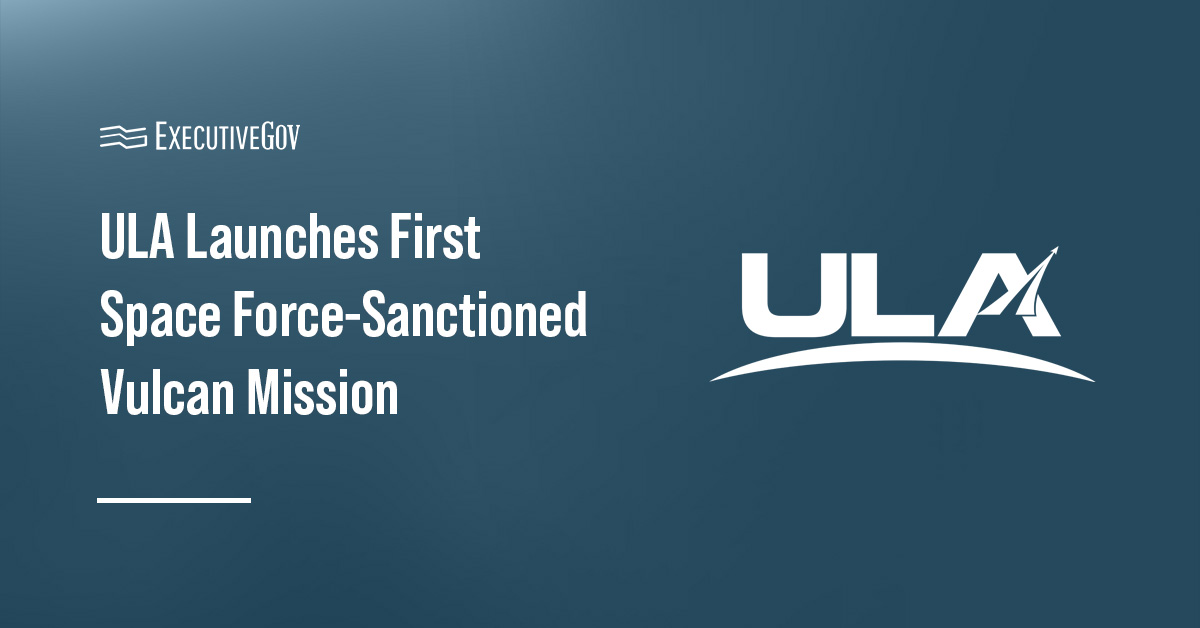United Launch Alliance, a joint venture between Boeing and Lockheed Martin, has launched its Vulcan rocket from Cape Canaveral Space Force Station, CBS News reported Tuesday.
Table of Contents
Vulcan Rocket Deploys Military Payloads
The event marked the third overall and first operational launch of the Vulcan rocket, which is expected to replace ULA’s Atlas 5 and Delta rockets. The U.S. Space Force-sanctioned mission reportedly carried two military satellites, a classified spacecraft and the experimental Navigation Technology Satellite-3 Vanguard, onboard the Vulcan rocket, which features four solid-fuel strap-on boosters and two methane-fueled BE-4 engines. The satellites were bound for geosynchronous orbit.
The experimental spacecraft will conduct tests of enhanced atomic clocks and navigation technology. The Air Force Research Laboratory-developed NTS-3, designed by L3Harris Technologies, is intended to strengthen the resilience and responsiveness of space-based positioning, navigation and timing capabilities. It is meant to reinforce the reliability and security of GPS and other systems.
ULA CEO Tory Bruno on the Vulcan Launch
ULA president and CEO Tory Bruno, a one-time Wash100 Award winner, said the Vulcan rocket is engineered to handle heavy military payloads, thanks to the BE-4 engines from Blue Origin and its high-power Centaur upper stage.
“It is specifically designed for these exotic orbits that are primarily for the government. And this particular mission is the quintessential example. It is a direct injection to geosynchronous orbit. That means that it is a very, very long-duration mission,” said Bruno.





